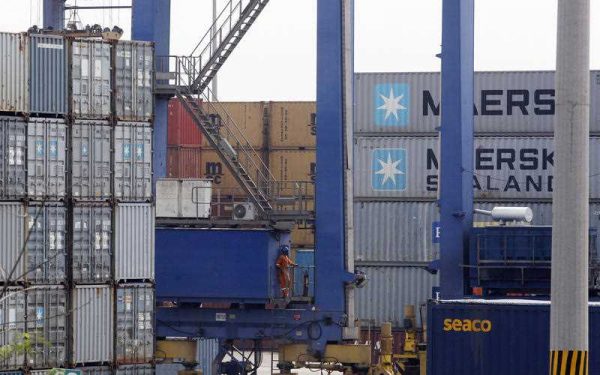In doing so, these producers become exempt from duty payments on a range of resources used in production.
Though a number of provisions have been extended to achieve the scheme’s goal, the performance of EOUs has failed to meet expectations. If India is serious about achieving its US$900 billion export target by 2020, as envisaged in the government’s Foreign Trade Policy 2015–2020 framework, it will need to re-examine the EOU scheme. This is a pressing issue given India’s declining exports and rising trade deficit.
Owing to its flexibility and unique position, the EOU scheme flourished from the 1980s up to the mid-2000s. EOUs contributed to structural changes in domestic industries by encouraging technological and skill spill-overs, building economic linkages and creating more specialised units. But since the Special Economic Zone Act came into effect in 2006–7, EOUs have been in decline.
The Comptroller and Auditor General of India (CAG) conducted a performance audit of EOUs in 2007. The audit revealed that many EOUs were not paying the central sales tax or were exceeding limits on sales in domestic tariff areas (the parts of India that aren’t included in special economic zones or other trade schemes). In 2015, the report from another audit of EOUs was tabled in parliament. This audit examined 370 EOUs over the period between 2009–10 and 2013–14. This evaluation brought to light some startling facts as to why EOUs have failed to deliver on their main objective of increasing exports.
The growth of EOUs has declined over the past few years, falling from 3109 new units in 2009–10 to 2608 in 2013–14. Though the proportion of non-functional, the registered EOU units which are no more active or opted out of the Scheme, EOUs has slowed marginally, it still constitutes around 20 per cent of all registered EOUs. The major reason, apart from the introduction of the Special Economic Zone Act — a similar initiative to the EOU scheme — is the government’s inability to use trade policy to harness the scheme’s potential.
There is no special provision in India’s 2015 Foreign Trade Policy framework to make use of the advantages, fiscal incentives as well as easy regulatory mechanisms relating to trade, foreign exchange, customs and other matters relating to the EOU scheme. In contrast, a similar range of export benefits were made available to special economic zones, which — unlike EOUs — have no ceiling on domestic sales.
The success of any policy scheme depends on proper regulation, auditing and monitoring. Yet the Ministry of Commerce and Industry has not structured an internal audit mechanism to check and facilitate the functioning of EOUs. Around 48 cases of incorrect or irregular sales in domestic tariff areas were recorded between 2009 and 2014, which involved short levying or failing to pay duties worth approximately US$10 million.
Policy measures with specific timelines are needed to stop the downward trend of EOU growth and poor performance by utilising the unique position of EOUs. An internal audit system must be implemented, ensuring that EOUs submit timely annual progress reports containing all relevant information on export volumes, duties forgone and domestic tariff area sales. Liabilities for non-compliance must be fixed and provisions to EOUs modified accordingly.
The EOU scheme in India has not been successful for a number of reasons. These include a lack of monitoring capacity, entrepreneurial talent and promotion of the scheme, as well as the limited share of India’s strategic manufacturing sector accounted for by EOUs.
Export promotion schemes like EOUs and special economic zones need to improve merchandise exports if India is to achieve its US$900 billion export target by 2020. Yet EOUs have been performing poorly over the past five years. The government’s Foreign Trade Policy 2015–2020 framework did not have a provision for effectively utilising the EOU scheme. Systemic issues, like poor domestic sales data and the lack of an internal audit system also stand in the way.
Huge operational malfunctions stem from ambiguities related to non-compliance and misrepresentation of facts by EOUs. These can lead to enormous losses for the government. The first step for policymakers should be to clear the ambiguities between different policies and departments.
To ensure the success of EOUs, the government must revise the scheme to suit the changing global environment. That means introducing new provisions to ensure proper functioning and careful monitoring, without affecting the scheme’s competitiveness with other, similar policies like special economic zones. If these changes aren’t made soon, EOUs will continue to fall out of use, and the scheme will become just another ineffective trade policy.
Pravakar Sahoo is a Visiting Fellow at Bruegel and Associate Professor at the Institute of Economic Growth.


Chapter 6 of the foreign trade policy 2015-20 has provisions relating to EoUs. This topic could have been researched better.